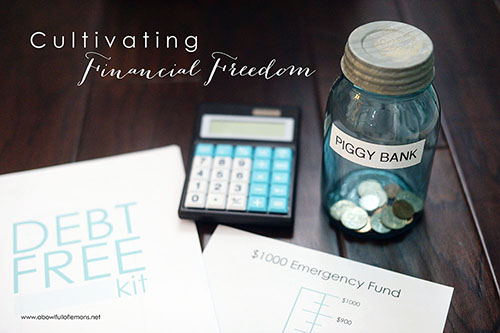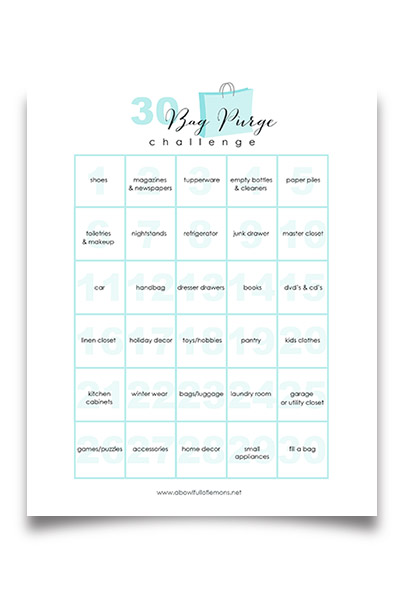Once you’ve established a budget for your household, you may wonder whether or not the amounts you’ve set are reasonable. After all, you don’t want to fall back into bad habits of overspending in certain areas, and you most likely want to be paying down debt at a manageable pace as well as saving a bit.
 Image courtesy of freedigitalphotos,net
Image courtesy of freedigitalphotos,net
While there are no exact formulas for figuring out what you should spend in each budget category, many experts in the field have come up with percentage guidelines. They are helpful, but keep in mind that adjustments may be necessary for larger family sizes, ages of children, living in an area with higher housing costs (or cost of living in general), having a family member with a serious medical condition, the length of your commute, etc. These are simply guidelines that may need to be tweaked to fit your situation… just make sure they ultimately add up to 100%!
Ranges below are based on family of four earning $40K/yr. Their website has a calculator where you can input actual income as well as downloadable percentage guides for different family sizes & makeups. These amounts are based on net spendable income after charitable giving.
- Housing: 25-40%
- Food: 6-11%
- Auto: 12-18%
- Insurance: 5-12%
- Debt: 0-8%
- Entertainment: 2-11%
- Clothing: 3-7%
- Savings: 3-10%
- Health Care: 4-8%
- Misc: 1-6%
- Investments: 0-8%
- Education/Childcare: 0-30%
From The Total Money Makeover
- Charity: 10-15%
- Savings: 5-10%
- Housing: 25-35%
- Utilities: 5-10%
- Food: 5-15%
- Transportation: 10-15%
- Clothing: 2-7%
- Medical/Health: 5-10%
- Personal: 5-10%
- Recreation: 5-10%
- Debts: 5-10%
- 35% for housing (mortgage/taxes, rent, utilities, insurance, maintenance)
- 15% for transportation (car payments, gas, repairs, insurance, parking, transit)
- 10% for saving (long-term saving)
- 15% for debt repayment
- 25% for life (groceries, entertainment, clothing, medical,
childcare…everything that’s not in the other four
categories)
After years of detailed budgeting, Jenkins came up with a simplified “60% Solution” in which 60% of gross income is spent on committed expenses such as charitable contributions, groceries, clothing, basic household expenses, insurance, bills, taxes.
- Committed Expenses: 60%
- Retirement Savings: 10%
- Long-Term Savings: 10%
- Short-Term Savings: 10%
- Fun Money: 10%
As you’ve read through these examples, hopefully you’ve found one that seems like it will work for your situation. Now that you have a place to start, take some time to calculate your percentages using your current budget amounts and see how they compare. Then make any necessary adjustments and keep diligently moving forward!
 Learn more about budgeting at Melissa’s blog: http://www.atimeforeverything.net
Learn more about budgeting at Melissa’s blog: http://www.atimeforeverything.net
Tags: budget, budgeting, contributor
April 2013, Blog, Budget, budgeting, contributors, dave ramsey Posted in
17 comments











How do you set up a budget when it’s a commission pay? That is my husband.
Andria, this is a great article regarding establishing a budget when you have variable income: http://www.youneedabudget.com/blog/2011/slaying-the-variable-income-dragon/.
I am a huge admirer of Financial Peace University and took it last year; am coordinating a class now. Ramsey’s right…it’s our “grandmother’s” money management or, in my case, my Mother and Daddy’s and they taught me well. It should be mentioned that most, if not all, money management systems I’ve run across are for people with sidewalks. Meaning, it’s not for the 1 or 2 percent of us who farm. The figures and steps need to be adjusted to suit our particular lifestyle. I’ve also noticed, there’s not much room, if any, for pets which are a huge part of my life and our life when Dave was alive.
“People with sidewalks”–that’s a great phrase! I totally agree about adjusting based on circumstances. They key is to have a place to start and go from there.
This article is really helpful. I am big on budgeting (and I blog about it sometimes as well), but I have never broken down expenses in percentages before. Looks like I’ve got a new project today! I’m interested to see how my percentages compare with what you have listed here. What I’ve realized is that it’s not how much you earn, it’s how much you spend.
So true, Angie! And some categories will fluctuate in spending percentages based on income. For example, a family of 4 with $30K income will spend a higher percentage of that income on groceries than someone with a $100K income.
Wow, this is so interesting!! I am a budgeter to the ninth and strive but never really thought too much about percentages….and it is a reminder I need to save more!! Thanks!!
You’re welcome! I think it’s so helpful to have a general idea, particularly for people who are just starting a budget for the first time and also for those whose circumstances dictate some changes.
I think they’re all pretty good examples, however only the Crown version takes into account the fact that some people (especially those in bigger cities) have an inflated cost of living (housing, food, etc) without necessarily the higher paycheque.
All great references on where to start in terms of a personal budget though!
I really like the way Crown takes into account a variety of factors such as family size (including singles & single-parent families) and high housing cost areas. It’s very helpful!
Thanks for the information! I love looking at stuff like this and crunching numbers. 🙂
You’re welcome!
Great post! I am always confused on percentages! I love that you gave several examples. Very helpful
I’m glad you found it helpful, Teresa!
How should I decide on the amount to spend on groceries or food in general for a single person with maybe 1 $22-24,000 income? I have never found info on that.
This is very helpful stuff! Its nice to see varying opinions too, thanks for sharing.